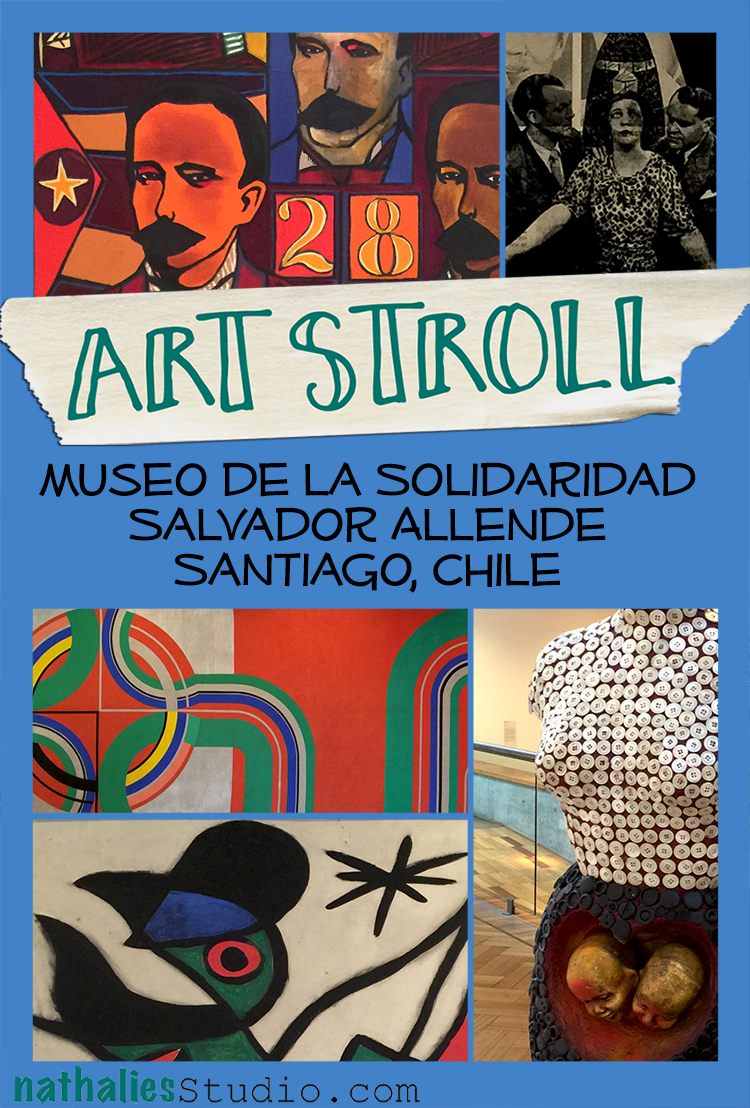
While in Santiago de Chile major strikes caused the public museums to be closed for most of my time there. But this fortunately lead me to go to this little gem of a museum a friend of my husband pointed out to me. The Museum of Solidarity for Salvador Allende. It wasn’t just the collection of the museum, it was the history of it, the history of the building, the street and the country that made it so special to learn about! Upon walking towards the museum which is located on a beautiful street with huge and beautiful villas I noticed many were abandoned and boarded up and only later in the museum did I learn the reason – but let’s start the stroll first.
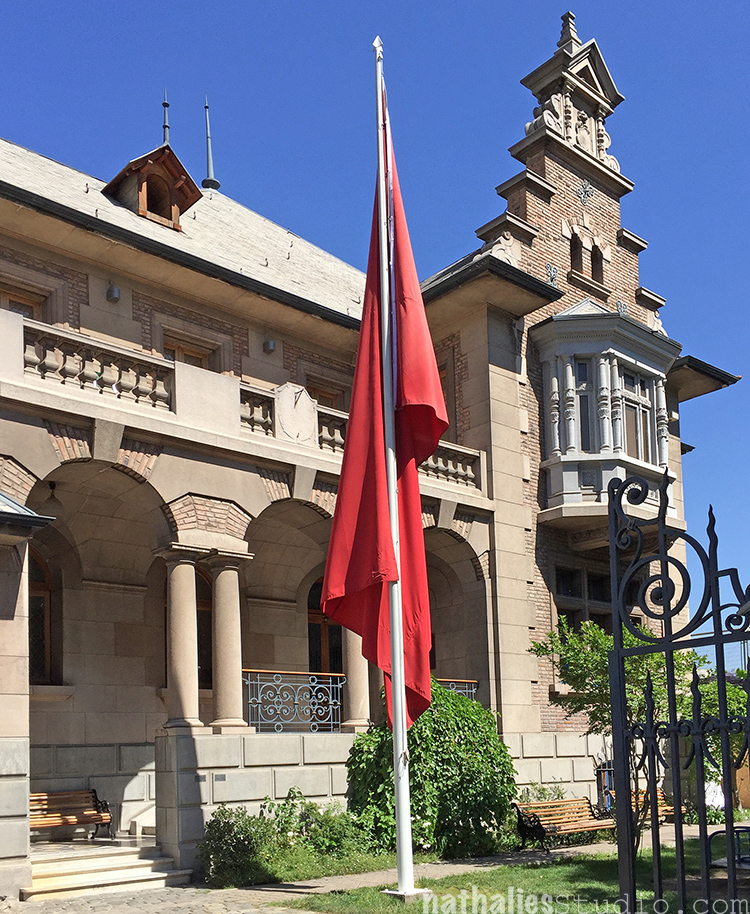
“The Museum of Solidarity was first envisioned in 1971. Mario Pedroza, a Brazilian artist exiled in Chile, and a small group of visiting European cultural leaders approached President Allende with a proposal to ask contemporary international painters and sculptors to donate works for a museum of modern art in Santiago to show support for Allende’s newly elected government.”
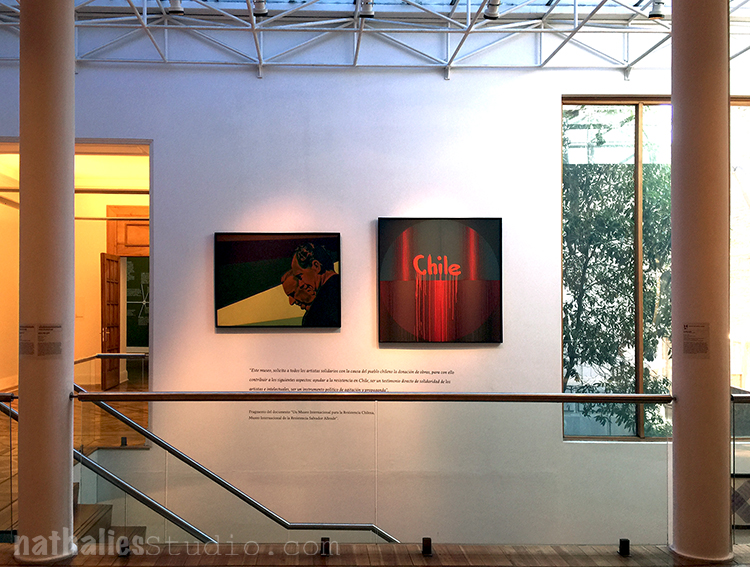
By mid-1973, 268 artists from all over the world, including Joan Miro, David Siqueros and Alexander Calder, had contributed paintings or sculptures.
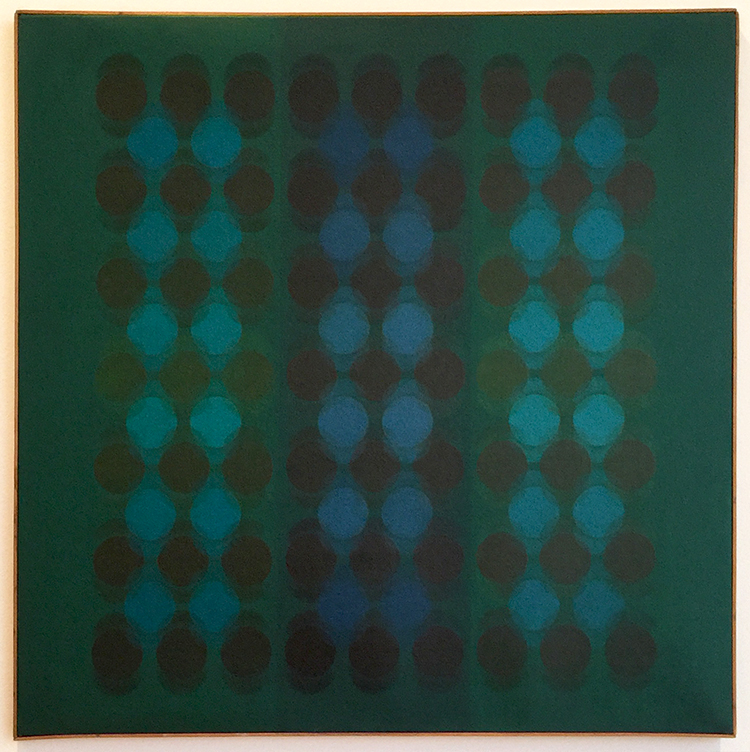
Manuel Espinosa, Blabakhlud, 1969, Oil on Canvas
“But with the military coup of Sept. 11, 1973, works that were on exhibit in the Presidential Palace and many others still crated on the docks simply disappeared. The works that remained, including a 25-by-100-foot painting by Frank Stella, were wrapped and stored for 17 years in the basement of the Museum of Contemporary Art at the University of Chile. Even after the military coup in 1973, the works of art continued to arrive to the curators, now in political exile around Europe and the United States. Under the title of Museums of Resistance exhibitions of the donated artwork were held in cultural centers in Sweden, Spain and France, but eventually the works were all returned. At one point, four or five people were responsible for the care of 200 works. After the dictatorship of Pinochet ended, the artworks were restored, and re-collected and the museum finally opened in 2005. “
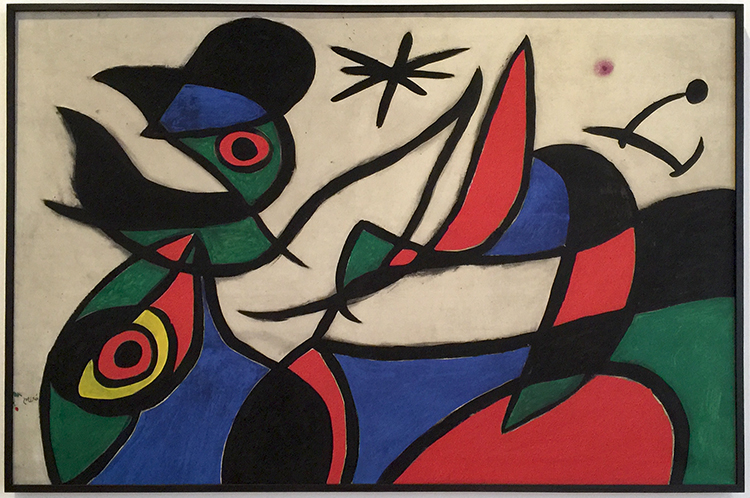
Joan Miro, without a title, 1972, oil on canvas
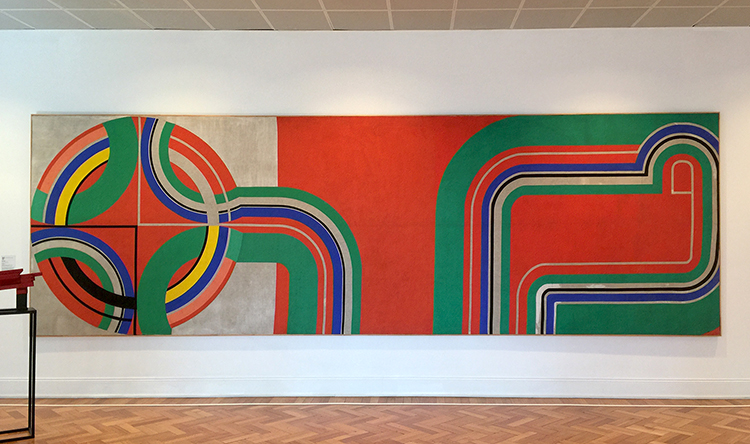
Kazuya Sakai, without a title, ca. 1970-1972

Alexander Calder, without title, 1972
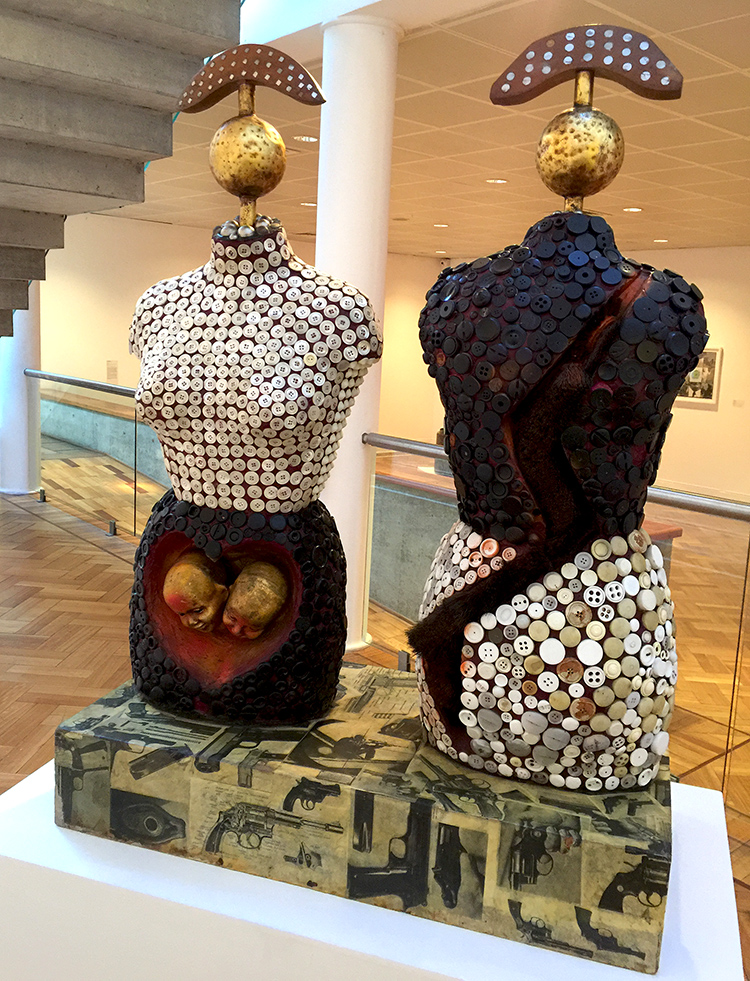
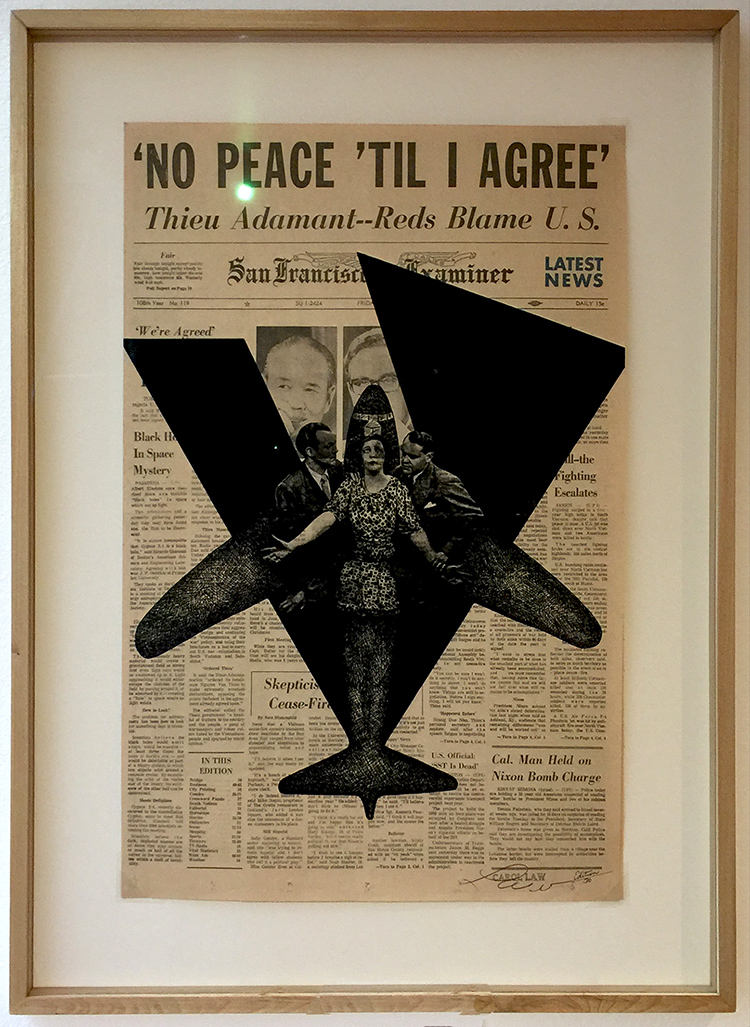
Carol Law, No peace ’til I agree, 1972
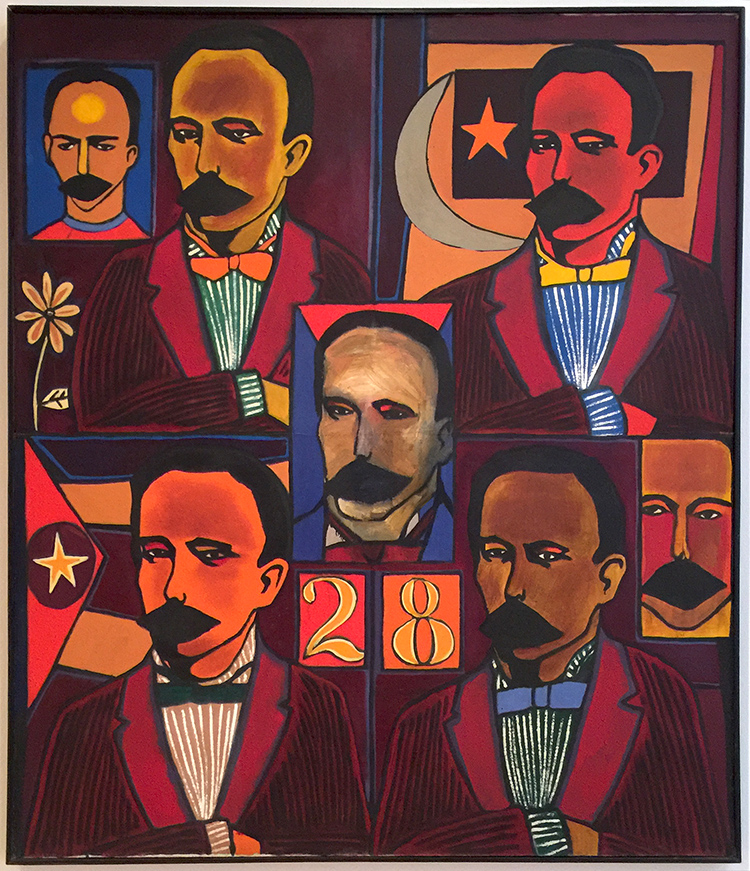
Raul Martinez, Repeticiones de Marti, 1068
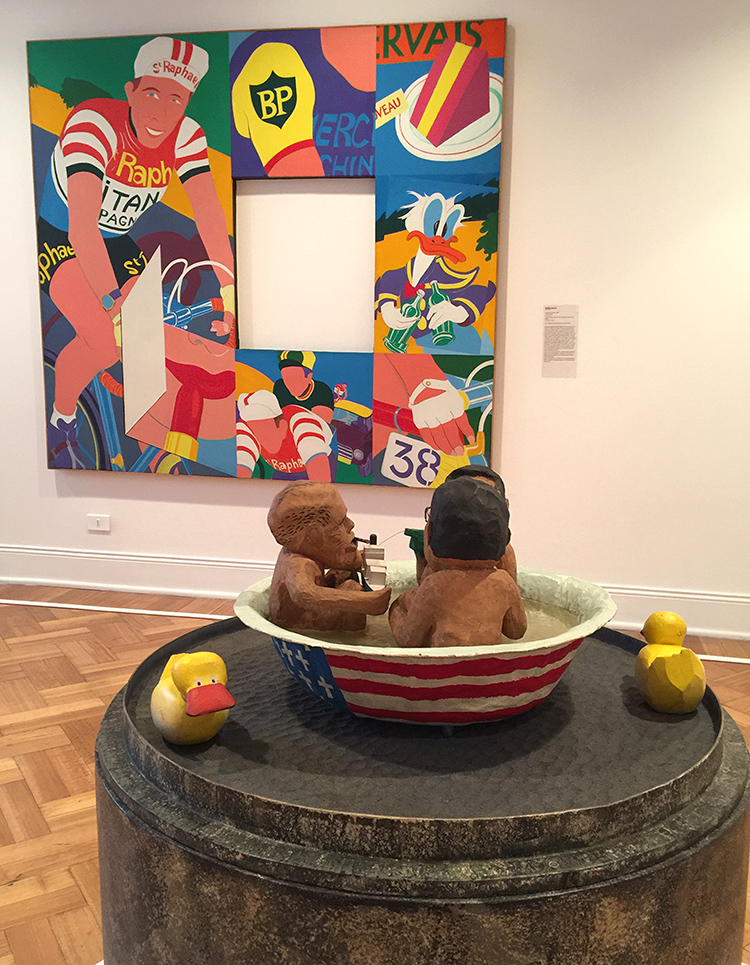
in the background: Bernard Rancillac, Tour de France, 1965
These artworks were displayed in a room title Pop Critic.
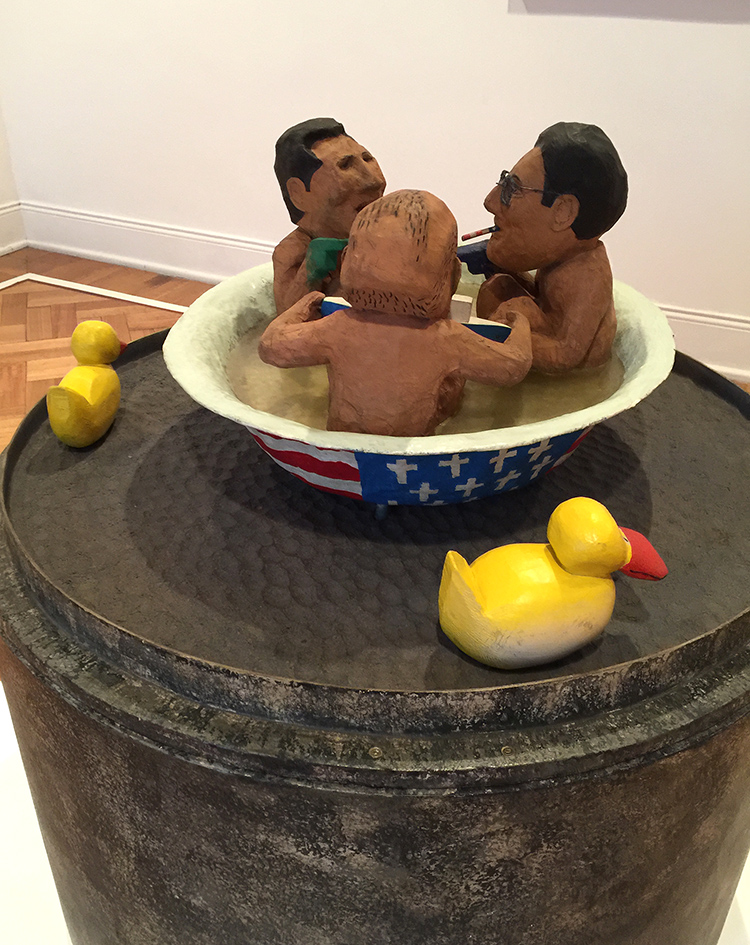
Hanns Karlewski, The Duckpond, 1975, paper mache.
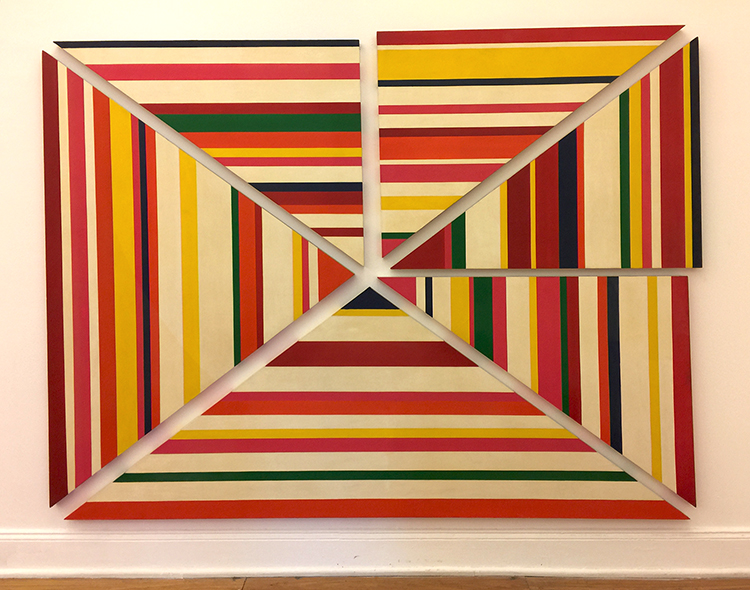
Eduardo Terrazas, 1972
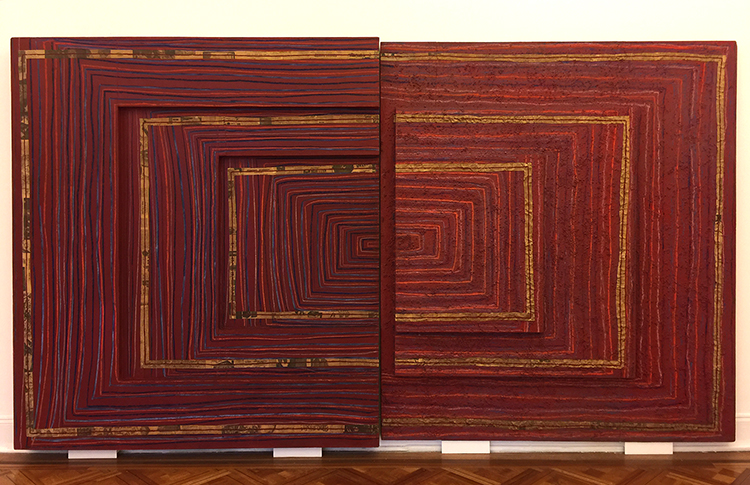
Myra Landau, Ritmo No7, 1970

Helen Escoedo, Rincon para jazz, 1968
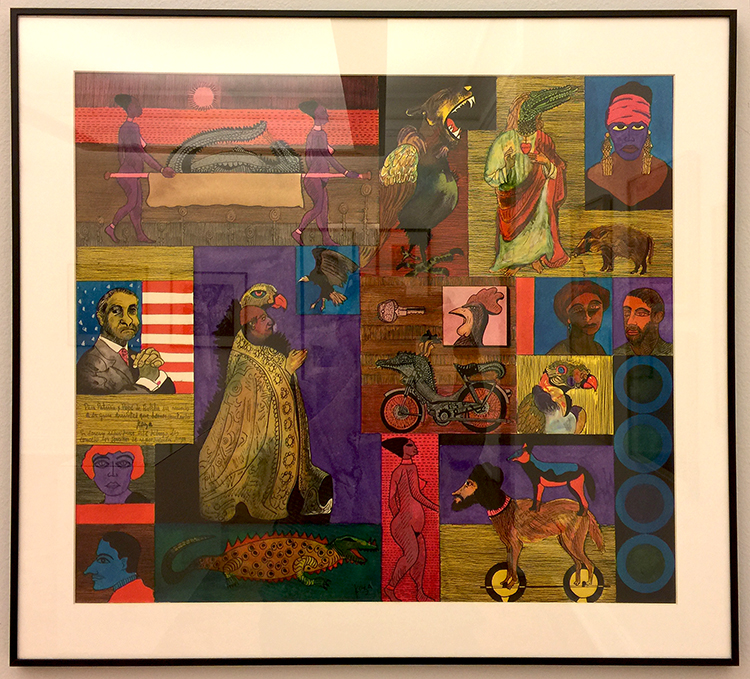
Octavio Bajonero, Chalchiutif
Before I left the museum which was set up in Spanish, I talked to the receptionists to find out more about the neighborhood and the museum itself. I was just baffled that many of the buildings next to the museum were boarded up – an area which in other cities, would count as main prime estate. It was at times eerie walking on the street, even though there were many universities sprinkled in between and a lot of young people on the street. I couldn’t shake off the feeling that something was off. I learned that the building housing the museum was one of the main communication centers to coordinate intelligence and secret police within the country and amongst South American dictatorships. It was used to detain and eliminate citizens beyond their own borders.
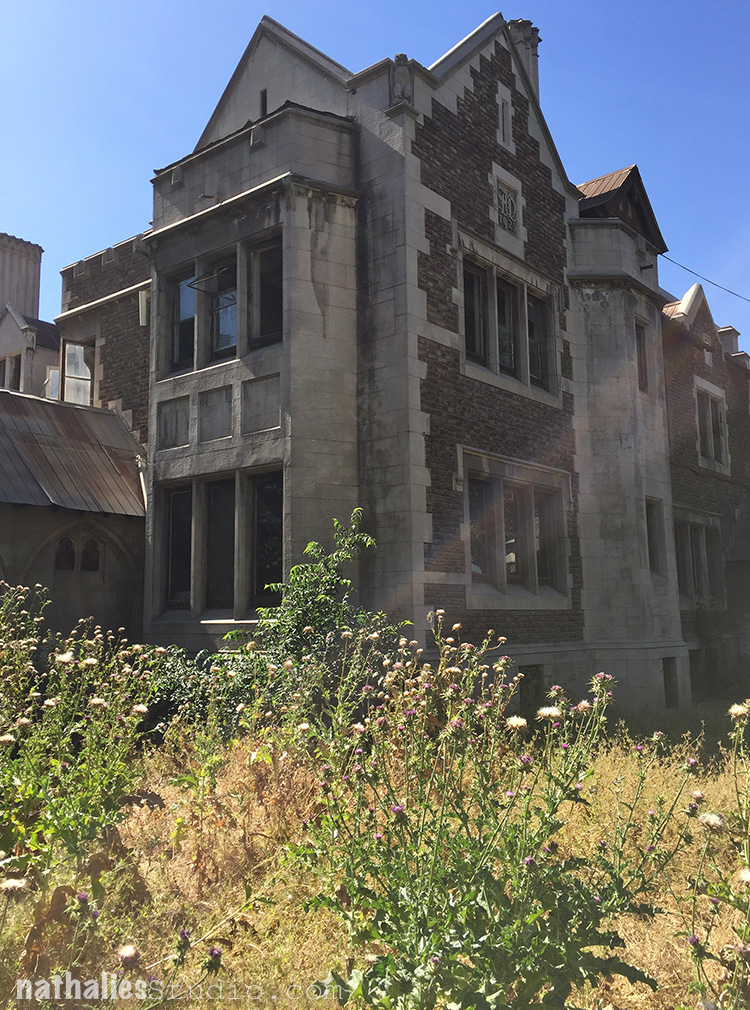
The building across the street and many others had been used to torture people during the Pinochet regime and after democracy was established again those properties fell to the new government. They put some universities into the buildings, but a lot of those buildings are hard to keep up with and since they are “haunted” by the terrible things that happened in them it is hard to get people to want to move into them and to restore them. Below another building next to the museum which looks “normal” at first glance, but at second is also unoccupied and boarded up.
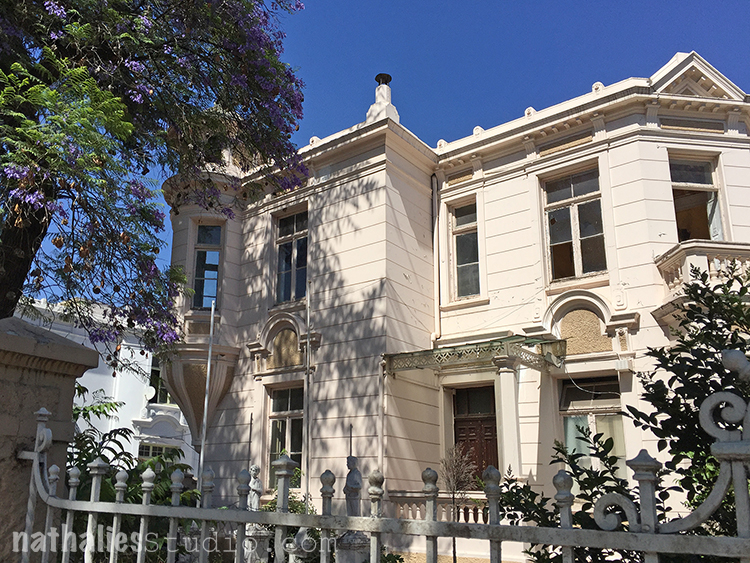
The artwork itself in the museum was worth the visit, but the story of the collection made the artwork even more special to look at, the thought behind it, the contribution of so many artists around the world, the hiding of it for several decades, the building housing the museum and it’s context in the street where so many horrible things happened. It made the artwork so much more powerful to know all this and made me appreciate the collection even more. It reminded me that the context of how artwork was created or collected is equally important if not more than the piece itself, and that often artwork so valuable for our society.
I hope you enjoyed this little yet different kind of art stroll.

Comments (3)
Patrick Wagner
| #
El Miró tenga un titulo : se llama “Ojos y Estrellas”.
Reply
Madeline Rains
| #
I too thought about our country and how important art is now even more than usual. And I thought about Isabel Allende, one of my favorite writers. She talks about this period of history in her book about her daughter, Paula.
Reply
Jean Goza
| #
Wow! A very powerful story. I couldn’t help but think about the things that are happening in our own country now. Artistic expression is so important.
Reply